First Things First
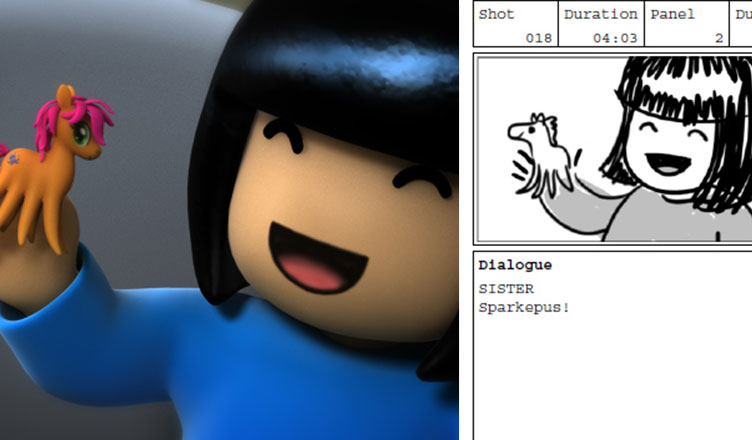
Happy Box is our first short film based on Brudders. The film was designed to solve a few technical issues we ran into with our Brudders music video Don’t Fear the Pooper (currently in production). That might have been our motive for making this short film but our goal is always to tell an entertaining story with pretty pictures. We also wanted to make this movie quickly and cheaply—we’re not made of money you know.
The only way I know to pull off that off any film project, big or small, is through careful planning, and then sticking to those plans.
So where to start? With an idea of course!
Where do ideas come from?
Honestly, I don’t know. They usually hit me in the face like a banana cream pie, when I least expect it. Mmm. Pie.
Here’s how ‘Happy Box’ came about. In mid-August of 2011, Alisa and I got an invitation to participate in Gothtober 2011, the annual Halloween themed art festival hosted by our friends JP Parr and Cristin Pescosolido. After I learned that the theme for this year’s Gothtober was ‘chain restaurant’, the idea for Happy Box popped into my head and I scribbled it down immediately. My belief is that if you don’t eat that pie right away, somebody else will.

Here’s the note I scribbled in my notepad. When you get a brainstorm, don’t think, just write. At the time, I wasn’t sure why I wrote the word ‘chainsaw’ twice in this note but eventually it turned out to be important, didn’t it?
You’ll notice that the note is not the complete idea for the short. In fact, it’s just fragments, bits and pieces of thought. That’s perfectly okay. It’s only important to record the initial inspiration. The details of the project can be worked out later. It
Let me say it again: write your ideas down as soon as you get them or they will vanish forever…or until some other guy gets his own ideas for a short about two cats and a kid with a chainsaw. Then, you’ll be sorry.
The Script
Here we have the screenplay for Happy Box. It’s really short but I think having a script to follow is important even for a ‘small’ project. A script keeps me focused on the essentials of a project so I don’t waste a lot of time “in exploration.”
When writing the script, I try to keep visual descriptions to a minimum. Save the details for storyboard–that’s what it’s for.
Here’s an interesting tip: the general rule of thumb is that a single page of a script equals one minute of screen time. I knew our film had to run under two minutes, so I made sure not to write more than two pages of script.
You may have noticed a few details in the script are different from what appears in the final movie. What typically changes is anything that’s distracting or unnecessary for telling the story clearly.
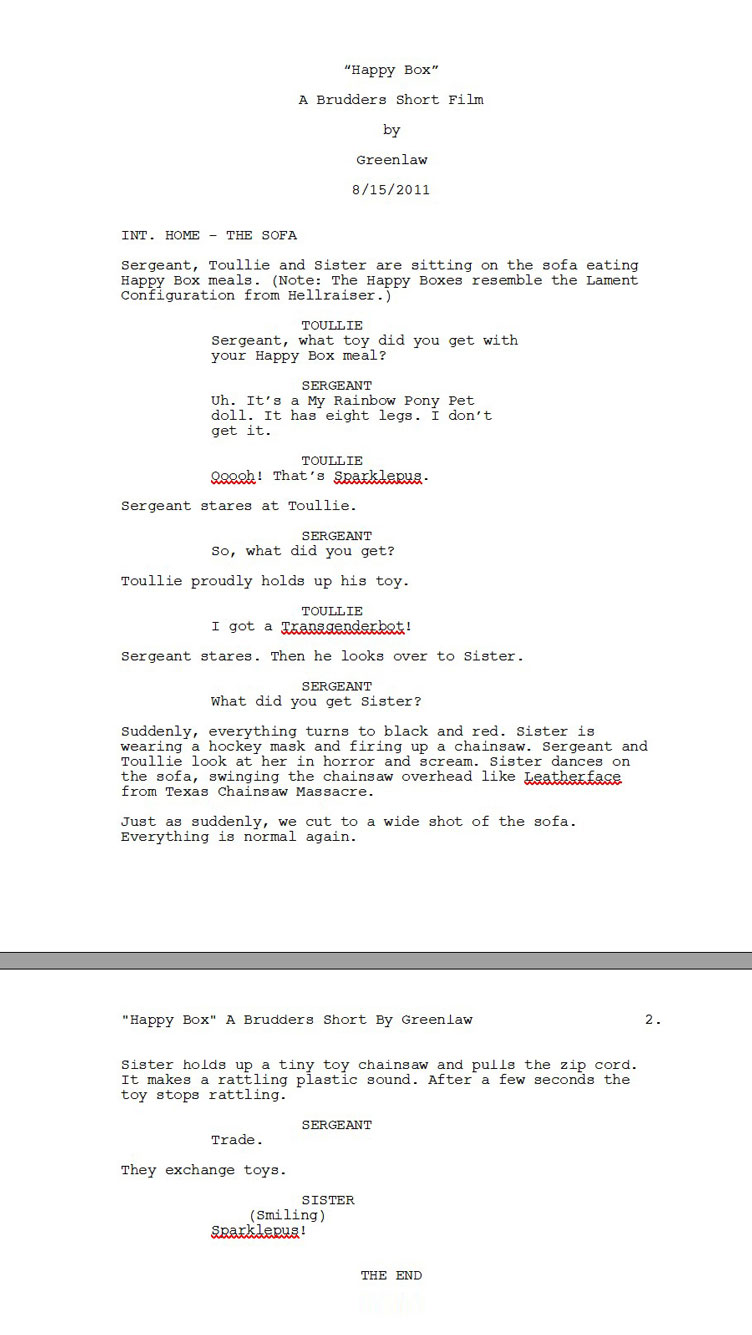
‘Happy Box’ the Storyboard – page 1
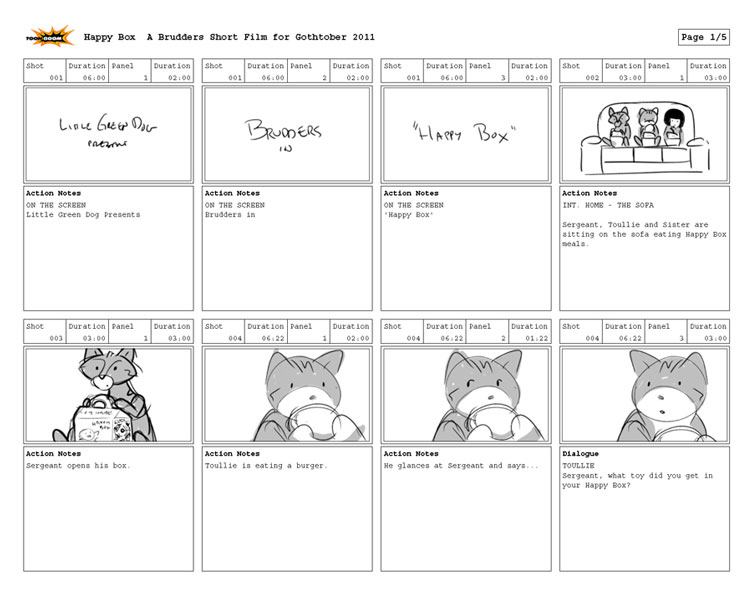
Finally, here is the complete storyboard for Happy Box. It was drawn over a couple of evenings after work, shortly after I finished the script.
A storyboard doesn’t have to look ‘pretty’ but it does need to be an accurate editorial representation of the final edited movie. If you compare this storyboard the final film, you’ll see that the film follows the storyboard panels almot exactly, shot-by-shot.
‘Happy Box’ the Storyboard – page 2

To me, a production is ‘mostly finished’ when the storyboard is drawn because the storyboard should be the blueprint for completing a production. In my opinion, a thoughtfully drawn storyboard is a plan, not a suggestion. If you want to get things done on time and under budget, don’t mess with the storyboard.
‘Happy Box’ the Storyboard – page 3
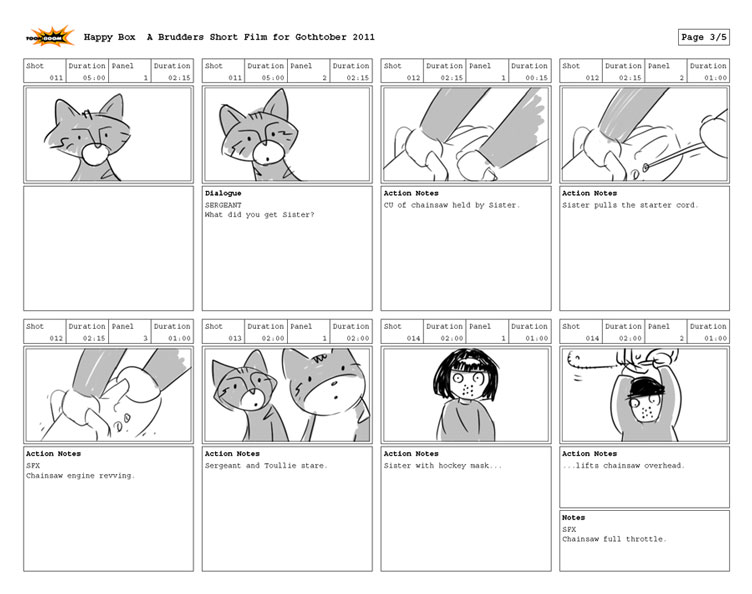
In a manner of speaking, Happy Box was more puppeteer-ed than it was animated. We used a program called iPi Desktop Motion Capture and two Microsoft Kinect Sensors. A Kinect Sensor is a video game controller that captures an animated 3D point cloud through infra-red scanning. With iPi DMC, we use this human shaped ‘cloud’ to animate skeletons under the skin of our cgi characters.
When I began this project, single Kinect support had just been added as a beta feature in iPi DMC. At the time, this technology was fairly new and and the range of motion it could capture was very limited. Specifically, a single Kinect Sensor couldn’t capture anything it couldn’t see, so having a perfomer turn away from the camera is a ‘no-no’.
I kept this in mind when I drew the storyboard but in shot 16, Sister is clearly spinning around in circles.
What was I thinking? Oh, the suspense…
‘Happy Box’ the Storyboard – page 4
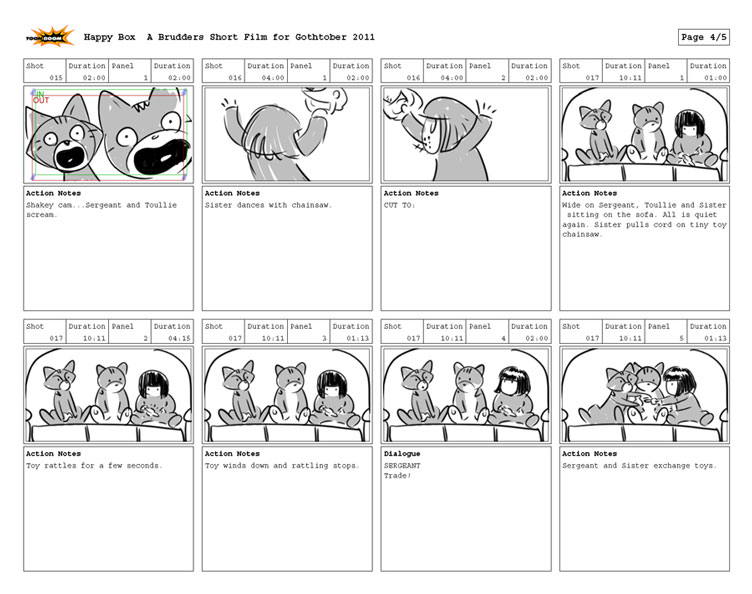
Well, of course, I was going to cheat to get this ‘impossible’ motion. That’s the magic of movies: It’s lies, I tell you! It’s all lies!
Originally, I had captured Sister’s ‘chainsaw dance’ with no body rotation. That is, the actor (me) performed the motion facing the single Kinect Sensor for the entire shot. At the time, my plan was to simply rotate the ‘Sister’ character rig in my 3D program, as though she was standing on a turntable, creating the illusion that she was spinning around. It was a good idea and it actually worked.
But, shortly after shooting the scenes using the single Kinect Sensor, the programmers at iPi Soft sent me a new beta that supported two synchronized Kinect Sensors. The advantage with using two sensors was that capturing full 360 performances was now possible!
I re-shot the dance sequence using the dual Kinect configuration and the results were so good I wound up re-shooting almost the entire movie this way with two sensors. Thanks to the clever guys at iPi Soft, I didn’t have to cheat after all.
‘Happy Box’ the Storyboard – page 5
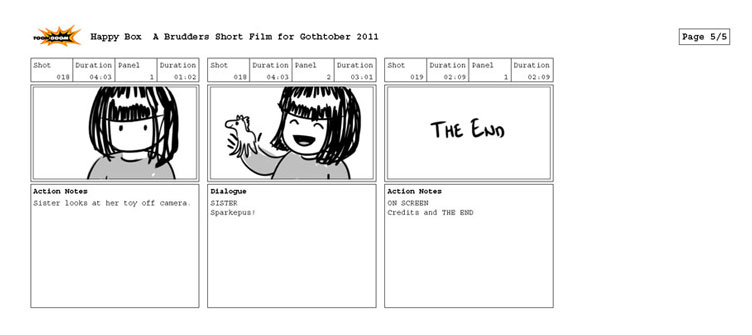
In case you were wondering what program I’m using to draw my storyboards, it’s ToonBoom Storyboard Pro. I used the standard version for a few years but I recently switched to the ‘pro’ version. The main strength with either version is the organizational tools. For example, Storyboard allows you to easily add and subtract panels, and it can accurately keep track of the scene numbers and other vital information. This frees the artist to focus on the creative part of storyboarding.
The Pro version adds the ability to output the storyboard as an animatic for your video editor. I still wound up cutting my animatic in my video editing program Vegas Pro but having the output from Storyboard Pro as a template helped speed up the process.
You really don’t need an expensive program to create a storyboard though. Before I got Toon Boom Storyboard, I just drew on regular copy paper with pre-printed boxes, and before that, it was index cards that I stuck on a wall. Sometimes, I still doodle short sequences in a notebook if I’m in a big hurry.

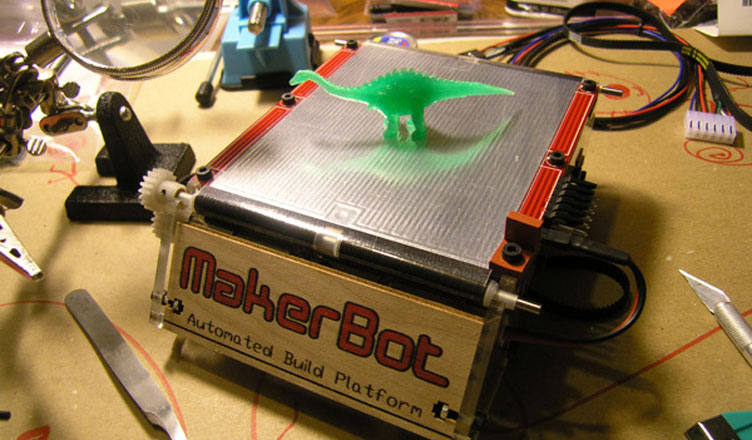
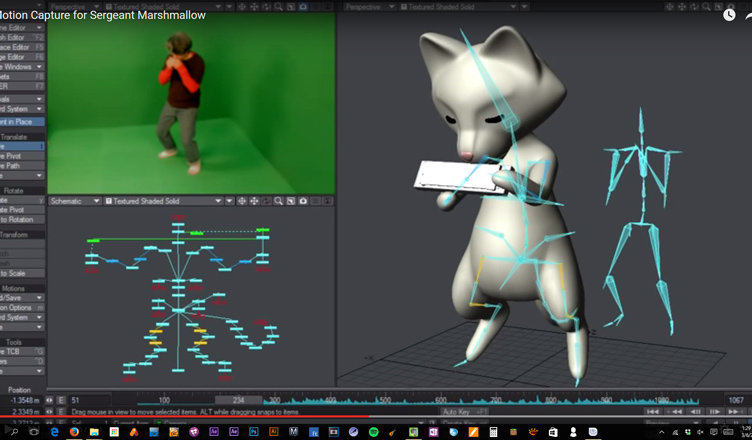
This Post Has One Comment
That is awesome!!! 🙂 🙂
The whole thing is done in such systematic and orderly manner! i really appreciate the effort put in!!